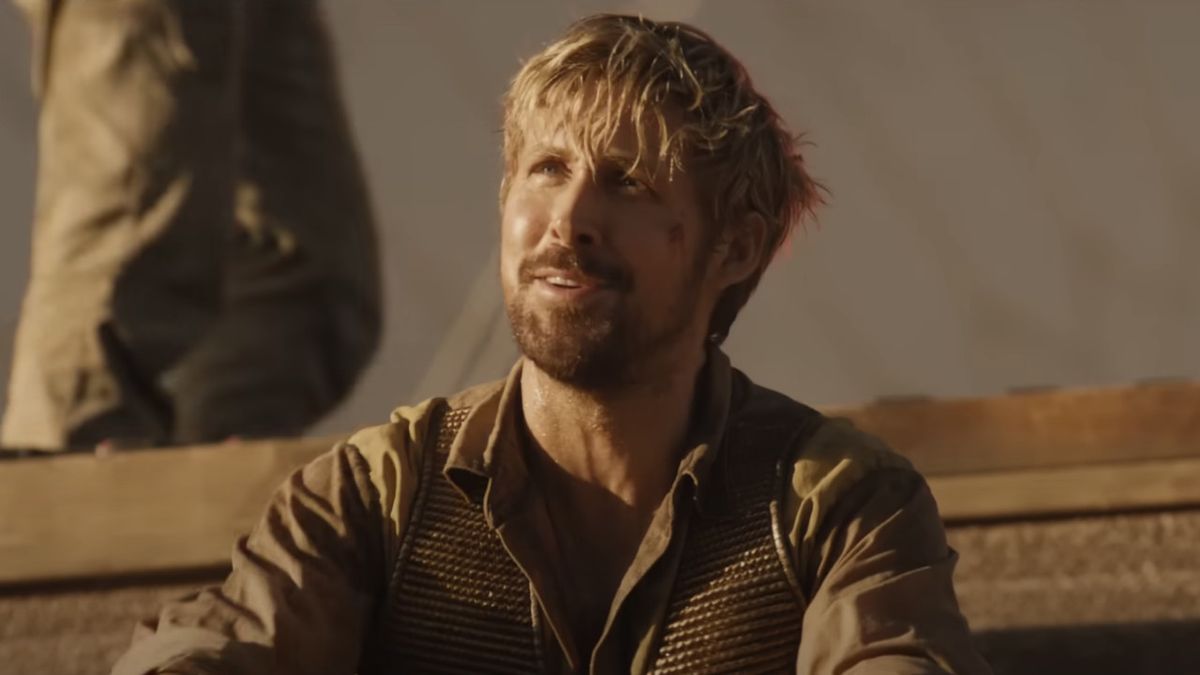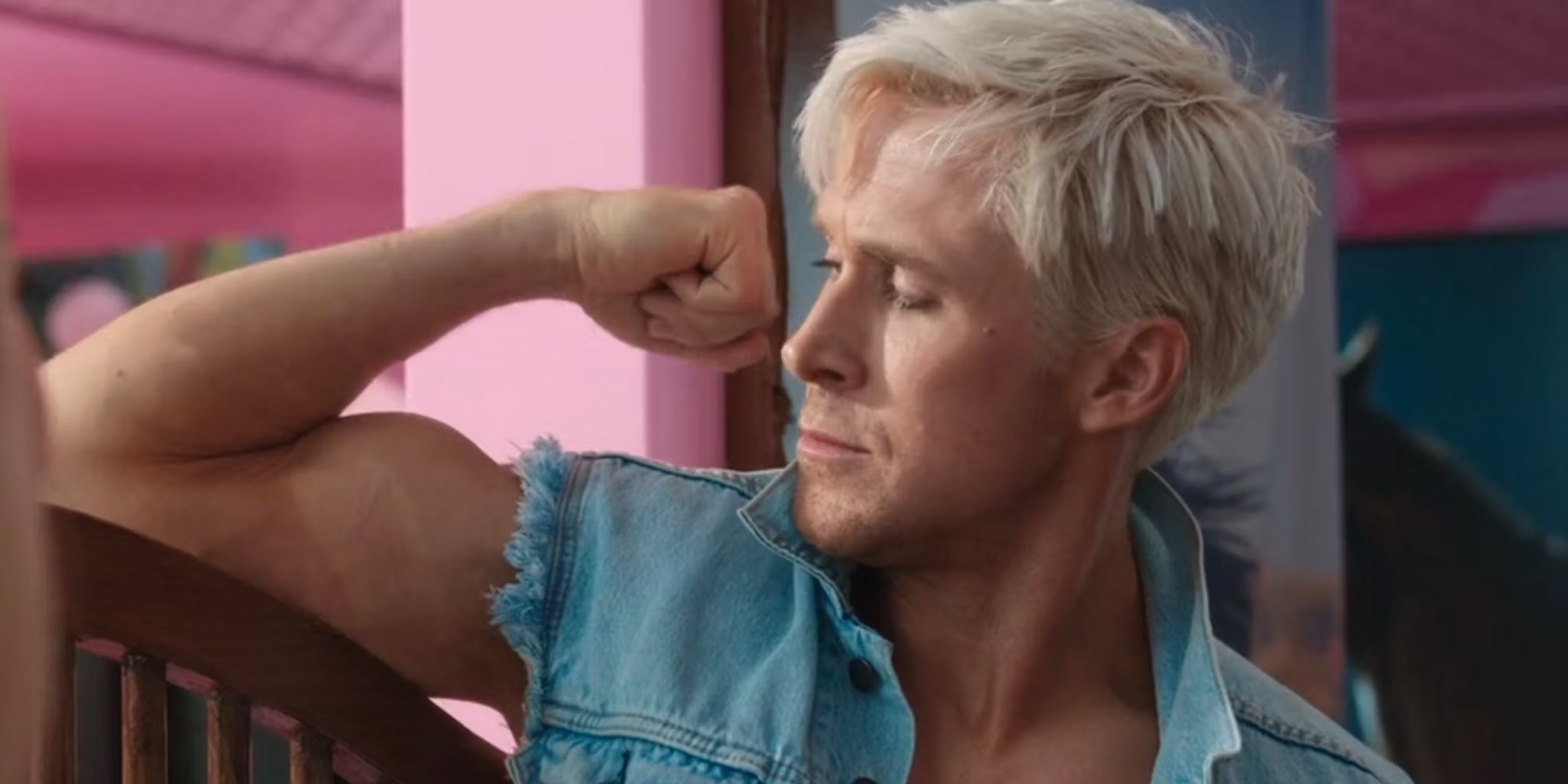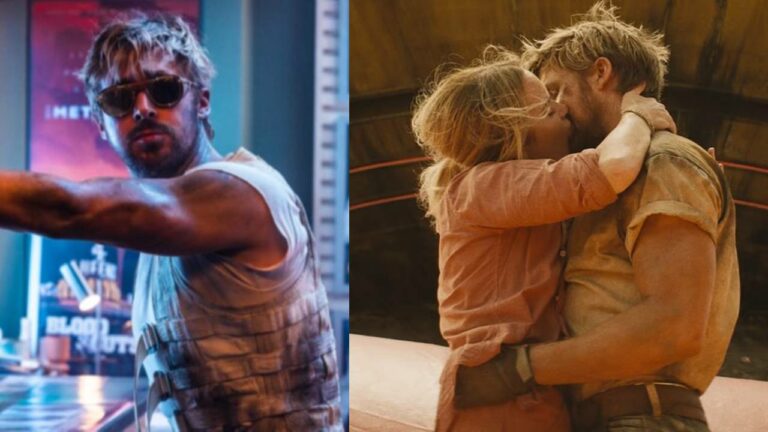In the ever-evolving landscape of Hollywood, where streaming wars intensify and the cinematic experience teeters on the brink of transformation, Ryan Gosling’s latest film, “The Fall Guy,” has become the center of a fiery debate. Released on May 3, 2024, and featuring stars like Emily Blunt alongside Gosling, the film’s quick pivot to streaming platforms just weeks after its theatrical debut has ignited concerns over the survival of traditional movie theaters.

The Premature Streaming Strategy: A Marketing Misstep?
Directed by David Leitch, “The Fall Guy” opened with a modest $28 million domestically, a number that resonates with the global $30 million it earned over its first weekend. However, despite garnering positive reviews for its intriguing plot about a stuntman entangled in the disappearance of a movie star during his ex-girlfriend’s directorial debut, the film’s performance at the box office has been underwhelming. With a production budget of $140 million, the movie’s total earnings of $127 million signal a troubling shortfall.
The decision to shift “The Fall Guy” to streaming platforms so soon after its initial release has not only surprised but also dismayed many. Social media platforms have become battlegrounds, with fans and critics voicing their dissatisfaction.
Tweets from users like Keizi Cinema and Tessa Smith of Mama’s Geeky underline a growing discontent with how this could signal a broader demise of the cinema industry.

Public Backlash and the Cinema vs. Streaming Debate
This strategy, seemingly a bid to capitalize quickly on digital audiences, has been criticized for undermining the exclusive theatrical window that many believe is essential for a film’s financial success.
According to user Rebekah Weatherspoon, if “The Fall Guy” had been marketed as a romantic comedy and kept in theaters for at least two months, it might have recouped its investment more comfortably.
Instead, the film’s rapid online release has led many to question the future viability of cinemas, with fans like Caroline Renard advocating for theaters to have more time to build an audience.
Moreover, the shift reflects a broader industry trend where streaming services are increasingly perceived as direct competitors to movie theaters, rather than complementary platforms. This sentiment is echoed by critics who argue that the allure of immediate accessibility on streaming platforms can deter audiences from the traditional cinematic experience, potentially leading to a decline in theater revenues.

The Industry’s Response and Future Implications
While the financial logic behind such early streaming releases might be sound from a recovery standpoint, the backlash suggests a need for a more balanced approach that respects both distribution methods. The situation surrounding “The Fall Guy” may serve as a critical lesson for producers and distributors alike: that the preservation of cinema as a cultural touchstone is as important as adapting to new consumption habits.
As Hollywood continues to navigate these turbulent waters, the industry must consider sustainable strategies that support both the cinematic and digital realms. Otherwise, it risks alienating a significant portion of its audience who still cherish the unique experience that movie theaters offer.
In conclusion, while Ryan Gosling and “The Fall Guy” aimed to make a mark on Hollywood, the controversy it sparked could hopefully lead to a more thoughtful discussion about the future of film distribution, ensuring that cinemas and streaming platforms can coexist and thrive in this digital age.

